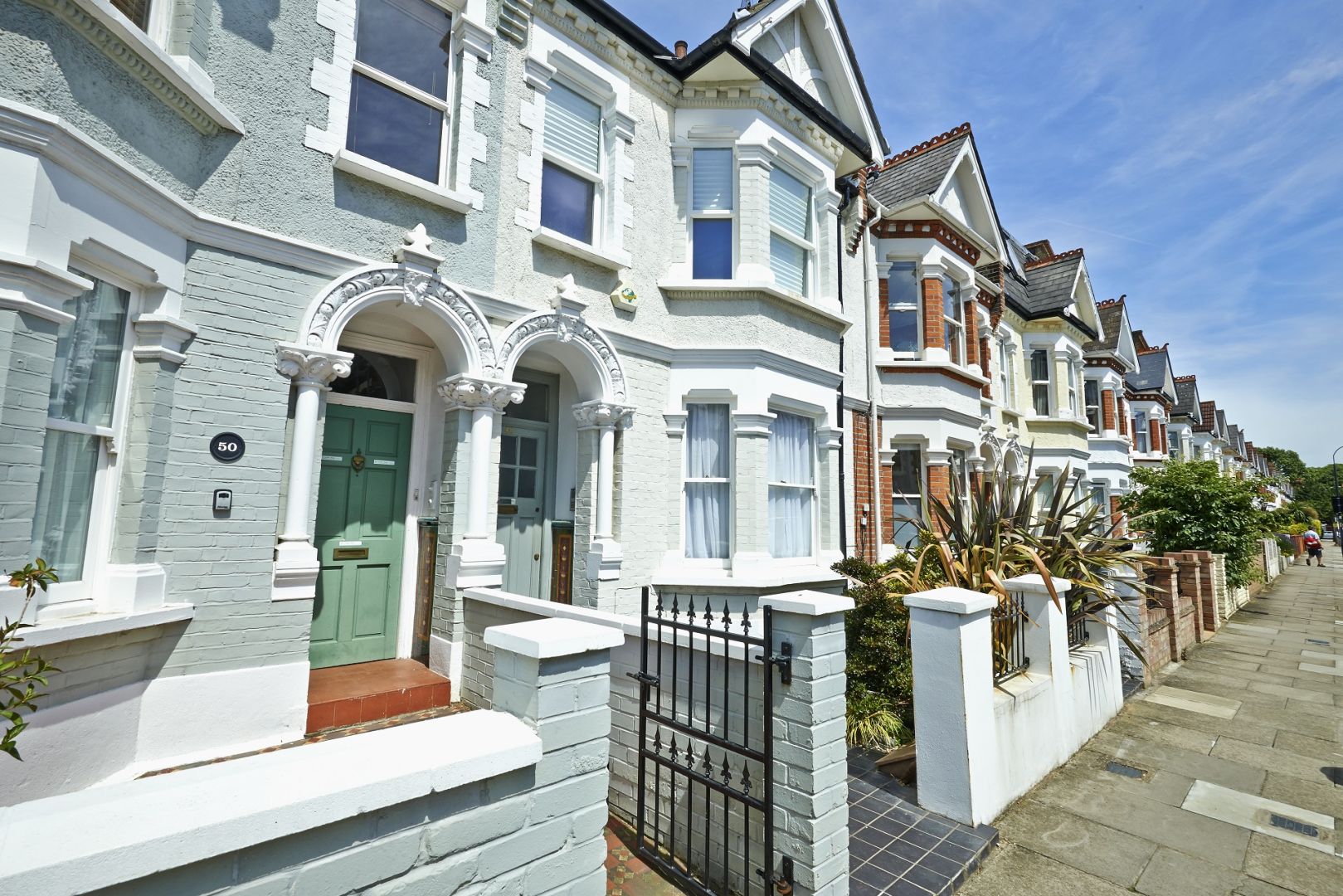Fulham Area
Surrounding Area
-
Parsons GreenOne of the most sought-after areas in Fulham, this central location is arranged around the triangular green and the larger Eel Brook Common to the east. Many boutiques, coffee shops and pubs are scattered throughout Parsons Green, giving the area its buzzy atmosphere with plenty to explore.
-
Sands EndSands End, east of Wandsworth Bridge Road, is known for its industrial history and is full of pretty Victorian terraced houses, many of which have scope for development. Once cut off from public transport, Imperial Wharf Railway Station has improved access to this previously quiet corner of Fulham.
-
Peterborough EstateOne of the most desirable areas in Fulham, the Peterborough Estate is known for its Red Brick Nicolson ‘Lion Houses’ and tree lined streets. Named after the sandstone lions that sit on their gable ends, these houses were built in the late 1800’s, on the southern side of the New Kings Road, only a stone’s throw away from Eel Brook Common and Parsons Green.
-
Munster VillageMunster Village is situated north of Fulham Road. As well as its antique shops, organic coffee shops, restaurants and florists, Munster Village is a sought-after neighbourhood with handsome Victorian and Edwardian homes.
-
The Alphabet StreetsA Ladder of streets off the west of Fulham Palace Road, named in alphabetical order from south to north, hence why locals call the area ‘The Alphabet Streets’. These homes are typically larger than those found in Munster Village and have generous gardens. With the close proximity to Bishops Park, the river walks to Hammersmith and Putney Bridge, this area is incredibly popular with young families.
Lifestyle
-
Shopping
In the heart of SW6 is Fulham Road and New Kings Road, both of which offer a huge variety of boutique shops as well as some familiar names, which cater for all shopping tastes.
You’ll be sure to find eco-friendly grocery stores and a rich high street culture here.
-
Eating
Brook House
Set opposite Eel Brook Common, Brook House is a fantastic bar/ restaurant benefitting from successful owners responsible for many fantastic pubs and restaurants in and around the area.
Megan’s
With “Instagram-friendly” interiors, this small-chain cafe serves Mediterranean-influenced home-made dishes using the best, freshest & most delicious ingredients.
Aragon House
Recently refurbished and one of Fulham’s most impressive public houses with a breakfast, lunch, dinner and drinks service to remember. A new hit with residents.
-
Drinking
The White Horse Pub
Situated on Fulham’s picturesque Parsons Green, this pub is a popular drinking spot and eatery incorporating classic British ingredients.
The Sands End
Found in Fulham’s quiet “Sands End” Neighbourhood, an idyllic spot hidden in the back roads. Offering a variety of real ales and fantastic wine.
The Harwood Arms
Hidden away in the back streets of Fulham, offering award-winning food and wine in a casual and relaxed setting. Currently the only Michelin starred pub in London!
Travel
-
Trains
Strutt & Parker is a short walk from Parsons Green Underground Station. Exit the station on to Parsons Green and turn left. Walk to the crossroads and turn left on to Fulham Road. District Line – (Putney Bridge, Parsons Green, Fulham Broadway and West Brompton) around 40 mins to the City.
-
Other transport
Thames Clipper at Putney Bridge. Buses can be taken to Piccadilly and Putney. Access to the A4 from the North End Road.

